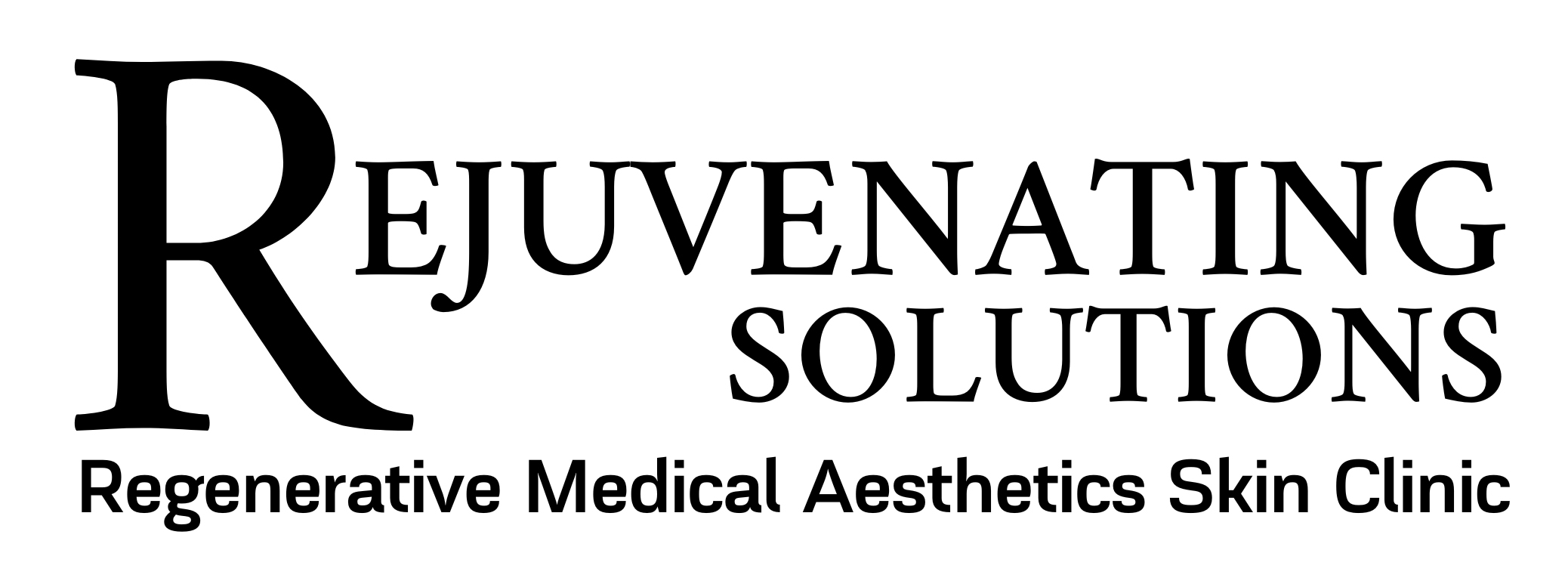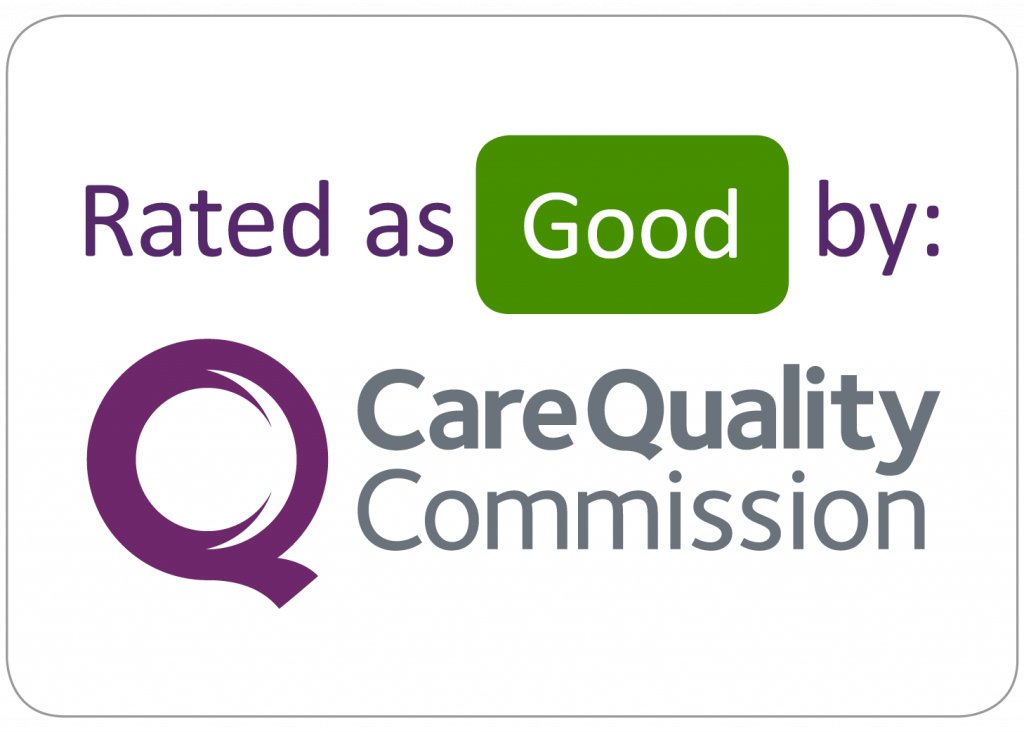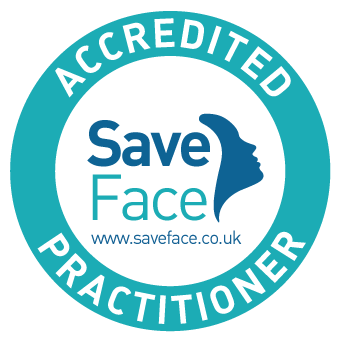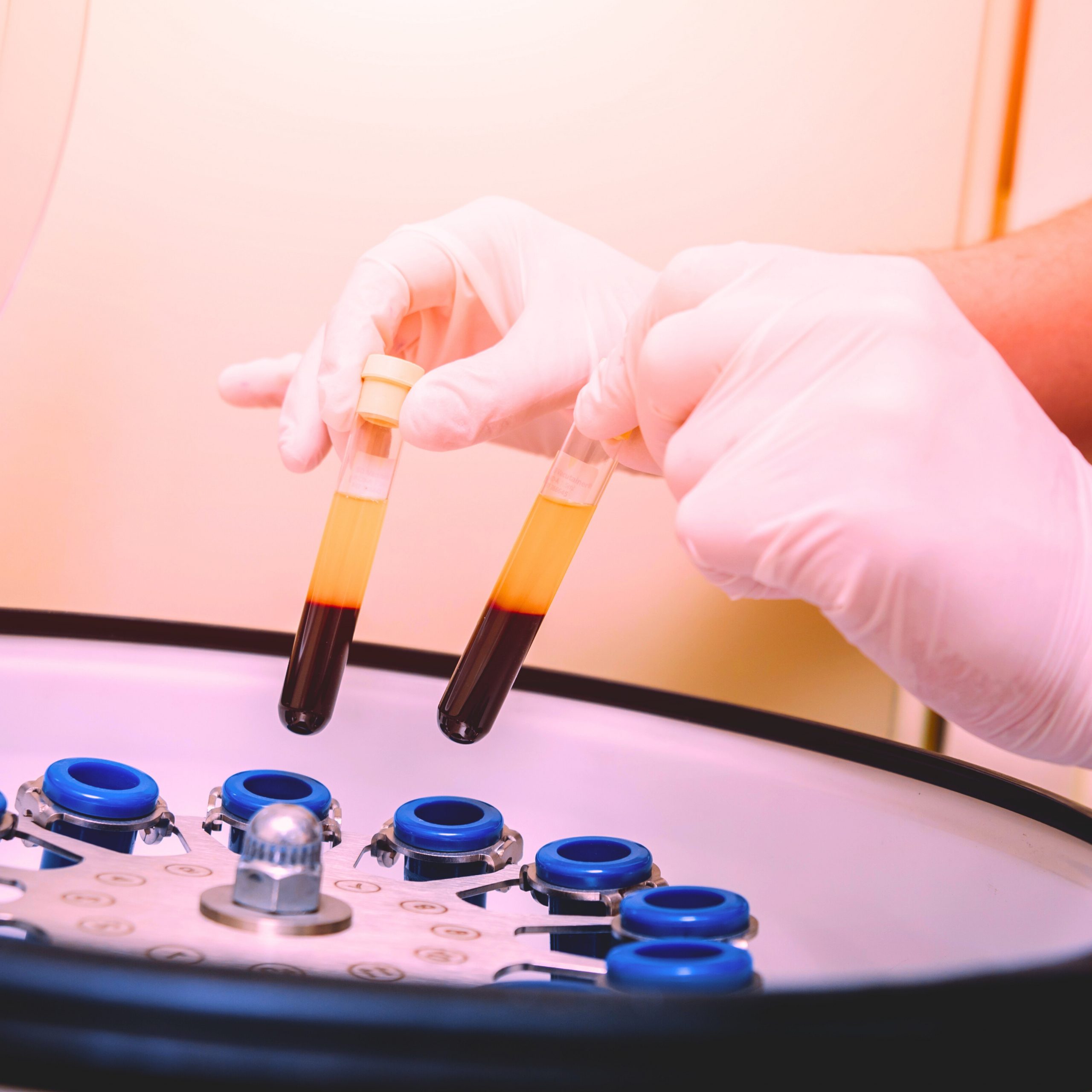What is PRP?
Platelet-rich plasma therapy (always shortened to PRP) is a medical and aesthetic treatment that concentrates your platelets in plasma. This concentration is achieved by drawing a small amount of your own blood and then processing it to increase the platelets above their normal levels. Platelet-rich plasma treatment leverages the healing properties of platelets, which are blood cells with growth factors that aid in wound healing and tissue regeneration. By injecting PRP into damaged tissues, it’s possible to accelerate the body’s natural healing process, making it a popular choice for a range of conditions, including sports injuries, hair loss, and skin rejuvenation.
The Science Behind PRP
The efficacy of PRP lies in the growth factors present in the platelets, which are instrumental in stimulating cell reproduction and tissue regeneration. These growth factors play a crucial role in accelerating your body’s natural healing process. The science behind PRP is rooted in its ability to enhance cellular proliferation, regeneration, and differentiation, making it a potent tool in medical treatments. Platelets are part of the body’s process of clotting blood.
PRP in Regenerative Medicine and Aesthetics
PRP therapy has applications in various treatments, ranging from alleviating chronic tendon injuries to aesthetic enhancements. Its versatility extends to skin rejuvenation and hair restoration, offering a natural alternative to more invasive procedures. This adaptability of platelet-rich plasma injections makes it a sought-after option in both regenerative medicine and aesthetic treatments.
The PRP Treatment Process
Preparing for PRP Therapy
The preparation for PRP therapy involves a meticulous process where a small quantity of your blood is drawn. This sample is then subjected to centrifugation, a technique that separates the plasma from other blood components. The result is a concentration of platelet-rich plasma ready for use in your treatment.
The Procedure of PRP Injections
The concentrated PRP is then carefully injected into the targeted area. In some cases, clinicians may employ ultrasound guidance to ensure precision. This process aims to increase the concentration of growth factors in the specific area, thereby expediting the healing process.
PRP Applications in Aesthetic Medicine
PRP for Skin Rejuvenation
In the field of aesthetic medicine, PRP is celebrated for its skin rejuvenation capabilities. The stimulation of the production of collagen and elastin aids in improving skin texture and tone. This treatment effectively reduces fine lines and scarring and enhances the complexion’s overall radiance.
PRP in Hair Restoration
PRP therapy has shown promising results in hair restoration, particularly in treating conditions like alopecia areata. It works by activating dormant hair follicles, leading to fuller and more vibrant hair growth. This non-invasive approach is gaining popularity as an effective solution for hair loss in both men and women.
How Much Does PRP Cost?
The cost of PRP treatments can vary based on several factors, including the area being treated and the number of sessions required. At Rejuvenating Solutions, prices start at £490. It should be said that patients have to consider that multiple sessions may be needed for optimal results.
The cost of PRP treatments can vary. Prices at Rejuvenating Solutions start at £490.
Recovery and Aftercare in PRP Therapy
The recovery process following PRP injections is typically straightforward, with most patients able to return to their normal activities shortly after the procedure. Common side effects include temporary soreness, swelling, and bruising at the injection site. These symptoms usually resolve within a few days. Patients are advised to avoid strenuous activities for a short period post-treatment and to follow any specific aftercare instructions provided by their practitioner. Using the patient’s own cells and plasma in PRP therapy significantly reduces the risk of allergic reactions and other complications, making it a safe option for most individuals.
PRP injections are known for their low-risk profile, with minimal side effects such as temporary soreness and bruising at the injection site. Using your cells and plasma in PRP significantly reduces the risk of allergic reactions, making it a safe option.
Evaluating the Effectiveness and Safety of PRP Injections
Clinical Evidence
Clinical studies have demonstrated that PRP can effectively shorten healing times, alleviate pain, and stimulate hair growth. Multiple research studies have supported its efficacy in treating conditions like androgenetic alopecia and alopecia areata, underscoring its potential in therapeutic applications. It should be noted, however, that there is variability in individual responses to PRP treatment, as not all patients may experience the same results. The effectiveness of PRP can depend on factors such as the patient’s overall health, the area being treated, and the preparation and administration of the PRP. It’s important for patients to have realistic expectations and understand that results can vary.
Risks and Side Effects
While PRP is generally considered safe as it uses your own blood, it is not devoid of risks. Potential complications, although rare, can include bleeding, tissue damage, and infection. Before undergoing PRP therapy, you are advised to discuss the benefits and risks thoroughly with us at Rejuvenating Solutions.




